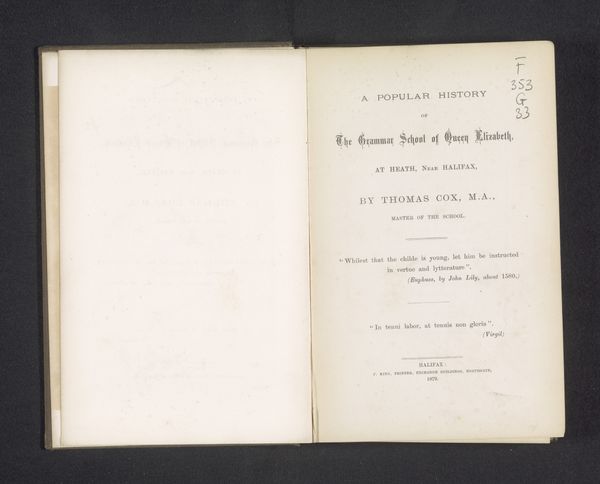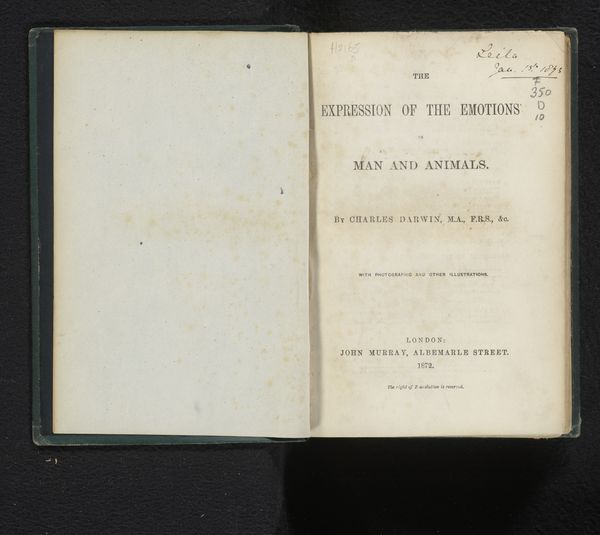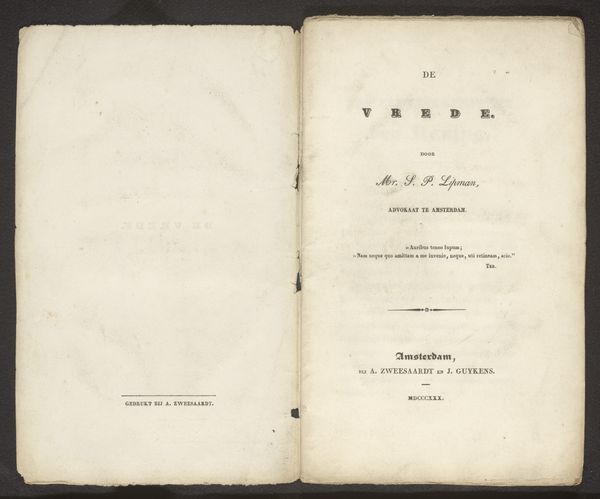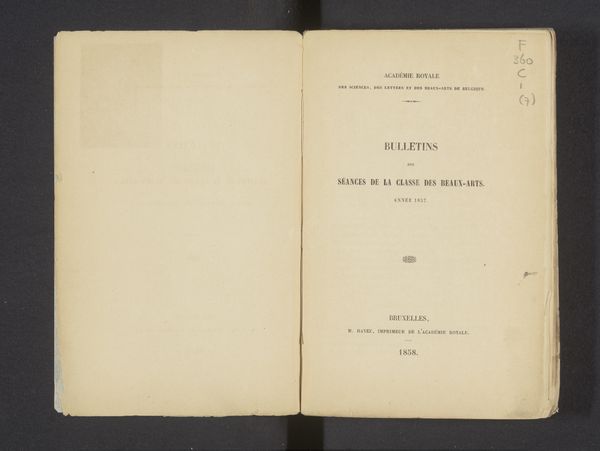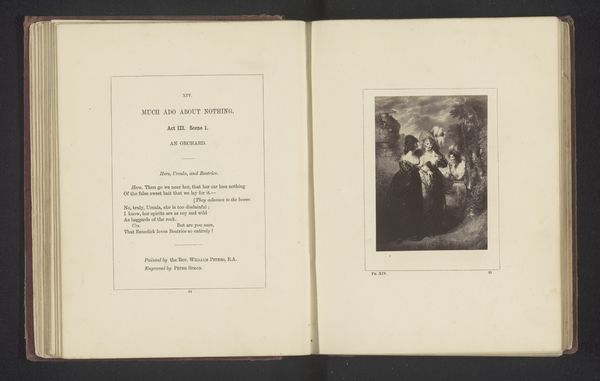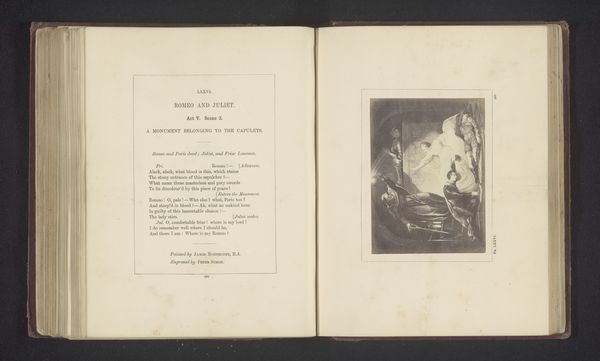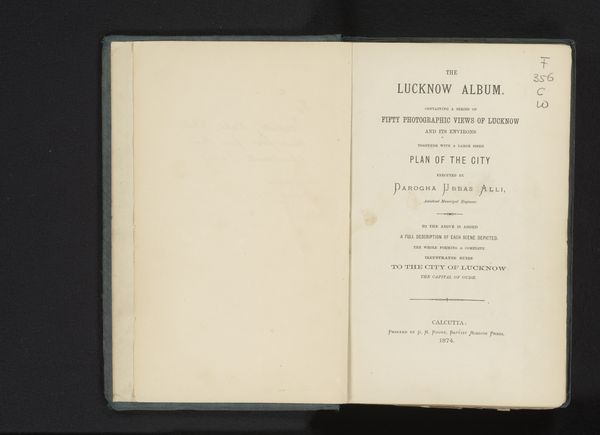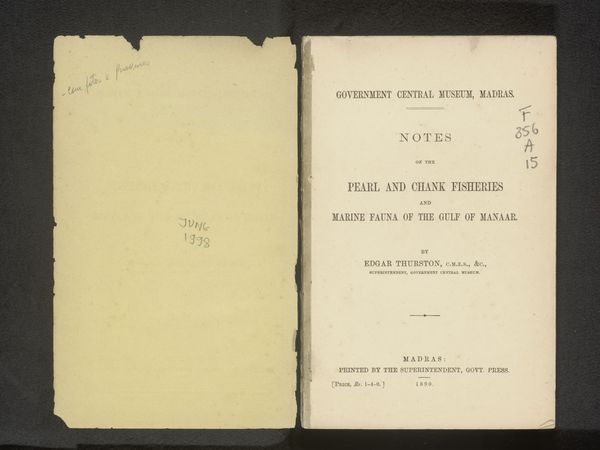
print, textile, paper
# print
#
book
#
textile
#
paper
#
journal
Dimensions: height 208 mm, width 148 mm, thickness 42 mm
Copyright: Rijks Museum: Open Domain
Curator: We're looking at a rather intimate object here: "Leaves from the Journal of Our Life in the Highlands from 1848 to 1861," published in 1868, edited by Arthur Helps. It’s a printed book, bound with what appears to be a textile cover. Editor: The book evokes such a feeling of hushed reverence and curated nostalgia. I can almost feel the weight of lives documented, filtered through the lens of memory. It has this visual silence, doesn’t it? Curator: Absolutely. And it's impossible to consider this journal without acknowledging the context of Victorian-era Britain, specifically the romanticization of the Scottish Highlands. This journal, in its curated form, acts as a deliberate construction of royal image, an idealization of a lifestyle that often obscures the sociopolitical realities of the time. Editor: Precisely! Consider the carefully chosen font, the framed title… it evokes a sense of the established, of continuity, doesn’t it? The leaf motif suggested by the title, along with the book's implied origins in the Highlands, evokes the symbolic weight of nature itself and royal rootedness in a place and time. Curator: Indeed. The "Highlands" became a symbol of untamed beauty and aristocratic leisure, effectively masking the forced displacement of tenant farmers through the Highland Clearances. These romanticized narratives often serve to sanitize history, particularly the uncomfortable aspects of power dynamics. Editor: So, the book becomes not merely a record but a carefully crafted artifact imbued with layers of meaning beyond the immediate content. What a powerful way to consider what aspects of the past people choose to commemorate, and how. The image, the title, the Highland setting – they converge into a constructed reality. Curator: Exactly. It's a testament to how visual and textual representations can shape collective memory and even legitimise certain sociopolitical orders. Food for thought when we consume these narratives today. Editor: Indeed. Makes one pause to think what images and symbols our era is producing…and what unspoken narratives lie hidden within those visual languages.
Comments
No comments
Be the first to comment and join the conversation on the ultimate creative platform.

